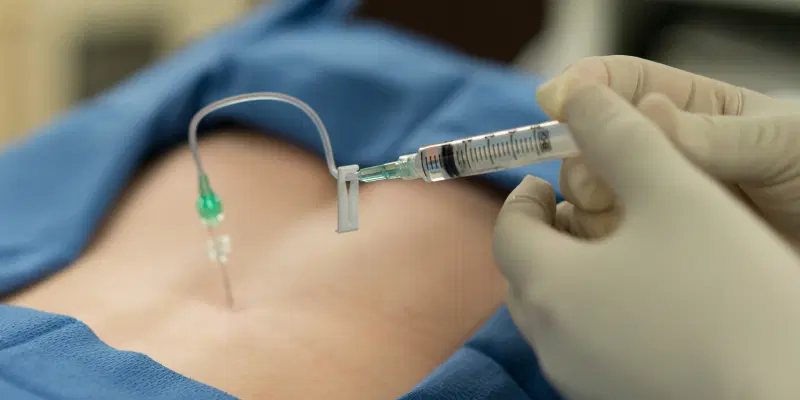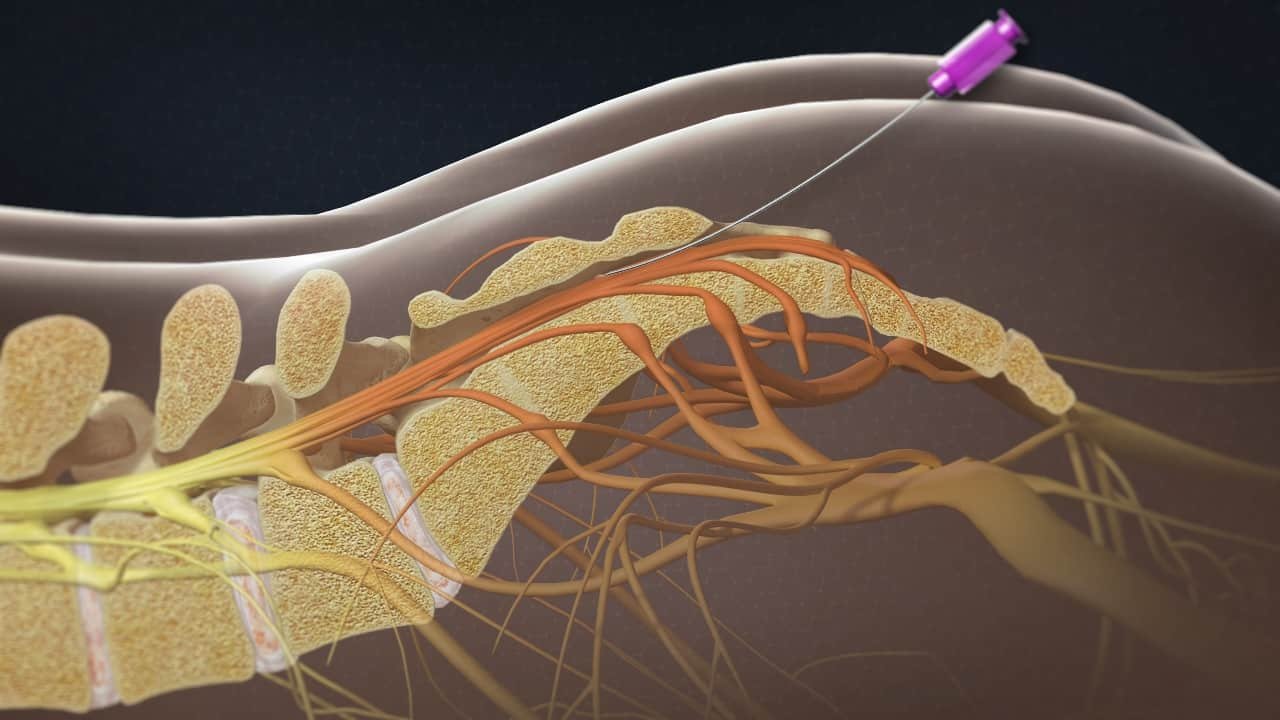



Epidural procedures are minimally invasive treatments that deliver targeted pain relief by administering medication directly around the spinal nerves. These procedures are commonly used for managing chronic pain and inflammation caused by various spinal conditions.
Description:
Epidural procedures involve injecting medications into the epidural space around the spinal cord to reduce pain and inflammation.
Description:
Epidural procedures provide a host of benefits for patients with chronic pain.
Description:
Epidural procedures are effective for managing a variety of conditions, including:
Description:
Epidural procedures are quick and relatively painless, with a straightforward recovery process.
Epidural procedures are used to treat chronic pain caused by conditions like herniated discs, sciatica, and spinal stenosis.
Relief can last from weeks to months, depending on the condition and patient response.
Yes, epidural procedures are generally safe and have a low risk of complications when performed by experienced specialists.
Most patients experience minimal discomfort during the procedure due to the use of local anesthesia.
The number of procedures varies depending on the individual and their condition. Some patients benefit from a single injection, while others may require a series of treatments.
We always take care of your smile
(+91) 8826469876
India’s Leading Hospital for Advanced Pain & Cancer Care, Providing Comprehensive Solutions for Chronic Pain and Recovery.
WhatsApp us